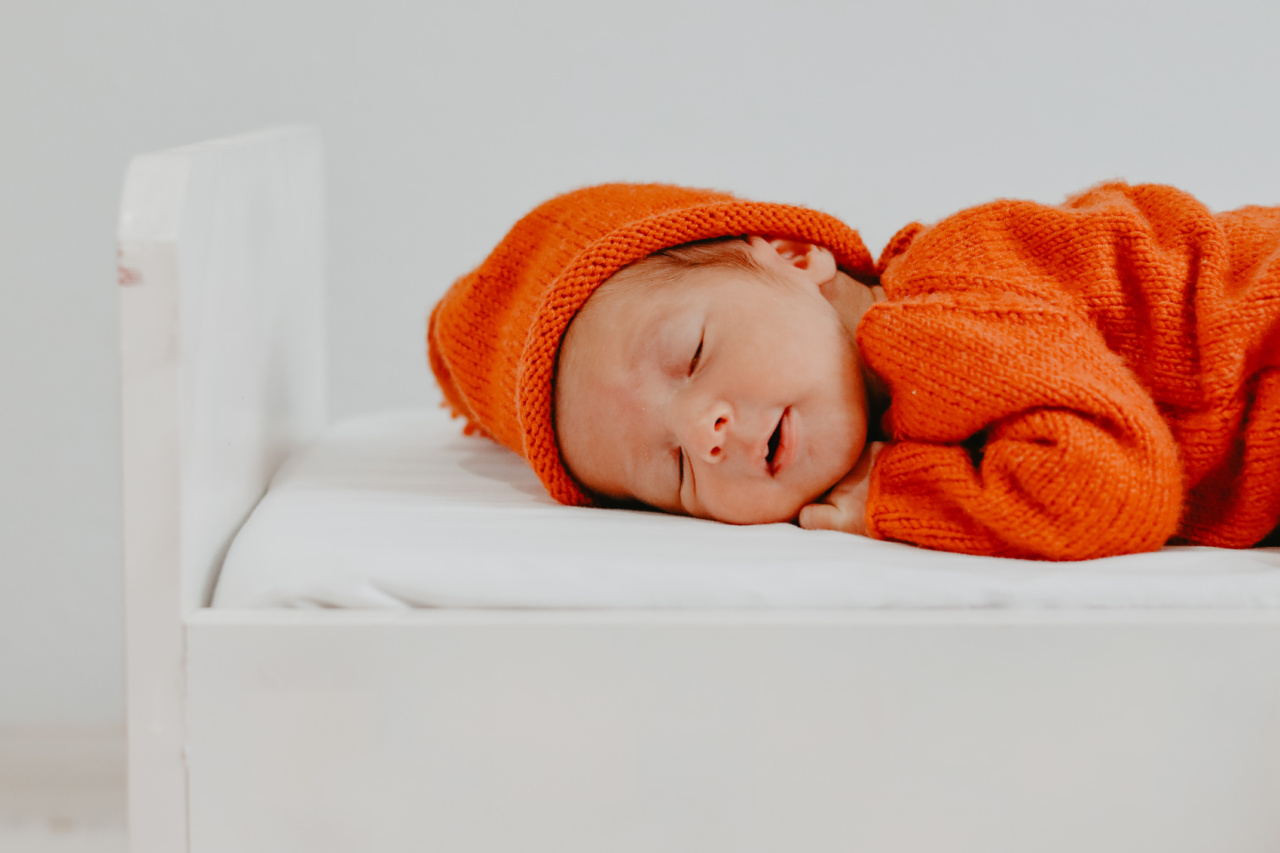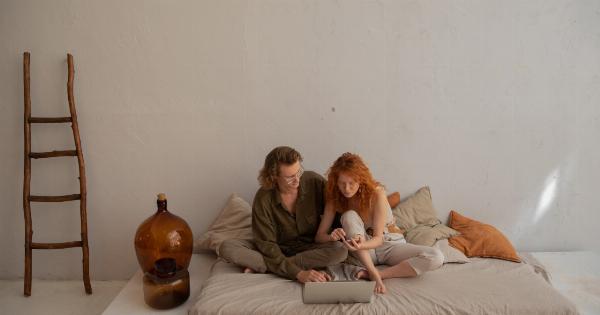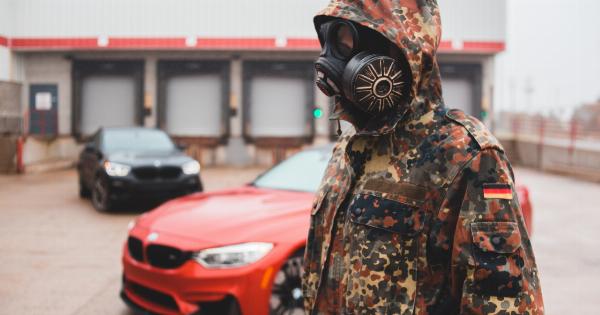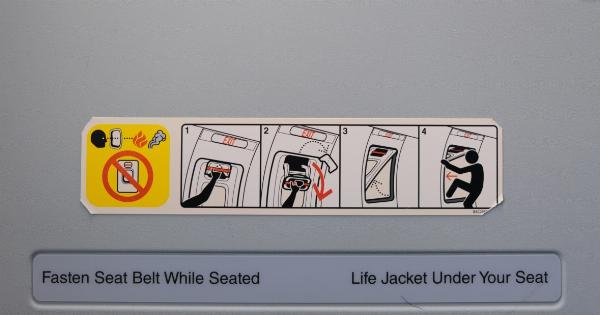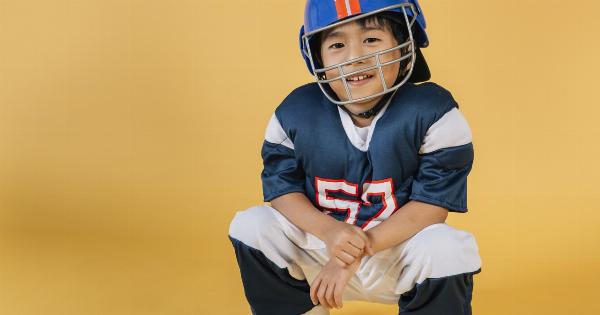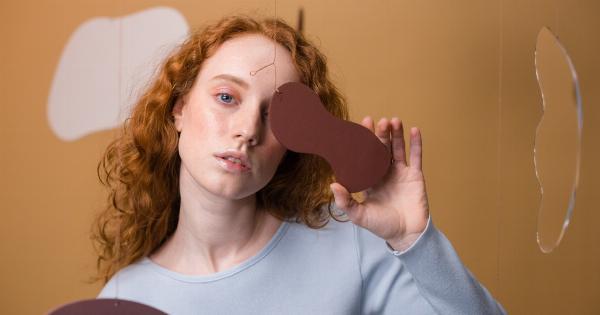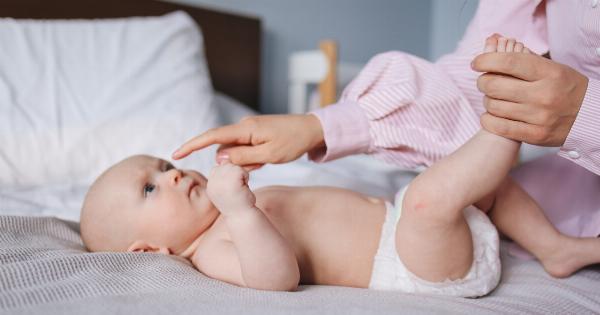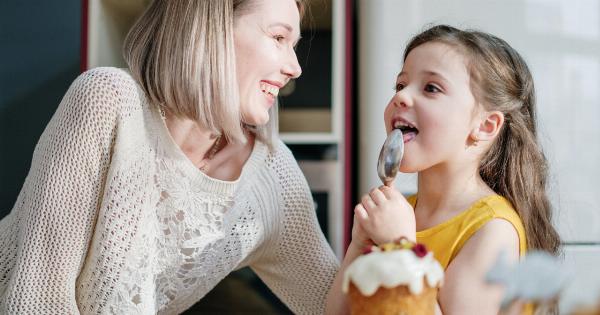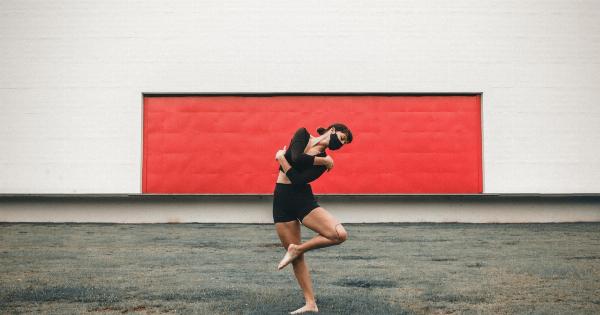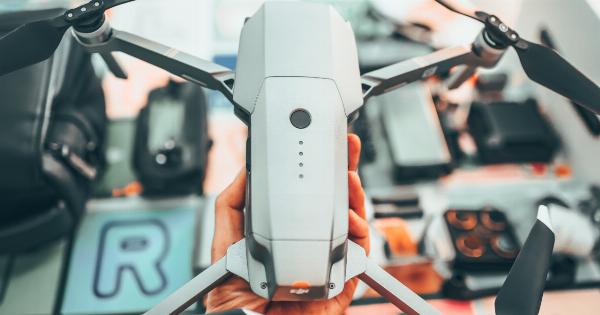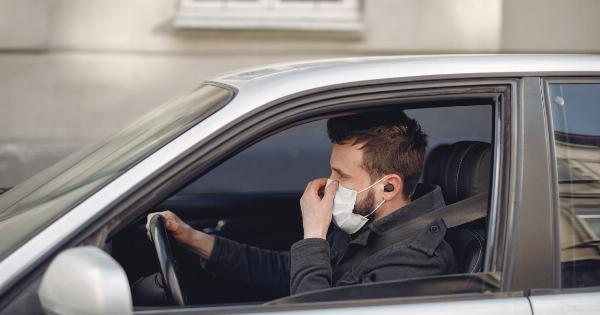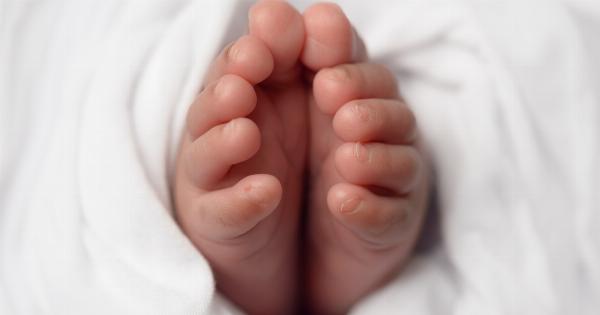Putting a baby to sleep is one of the most crucial responsibilities of parents. It is important for babies to get enough sleep to support their growth and development.
However, parents have to make sure that they put their babies to sleep safely to avoid risks such as sudden infant death syndrome (SIDS). One of the sleeping positions that pose a risk for infants is face-down sleeping.
What is Face-Down Sleeping?
Face-down sleeping means that the baby is placed on their stomach when they sleep. This position is also known as the prone sleeping position. It used to be a common practice in the past because it was believed to help prevent choking and spit-ups.
However, research has shown that prone sleeping can increase the risk of SIDS.
Why is Face-Down Sleeping Dangerous for Infants?
Face-down sleeping is dangerous for infants because it can increase the risk of SIDS. SIDS is the sudden and unexplained death of a baby who is less than one year old. It is also known as crib death or cot death.
SIDS is the leading cause of death for infants between one month and one year old in the United States.
Experts are not sure what causes SIDS, but they have identified several risk factors that can increase the likelihood of a baby dying from SIDS. One of these risk factors is the prone sleeping position.
Research has shown that babies who sleep on their stomach have a higher risk of SIDS than those who sleep on their back or side.
When a baby is placed face-down to sleep, their airways can become obstructed if the bedding or mattress presses against their face. The baby may not be able to breathe properly, leading to suffocation.
Moreover, babies who sleep on their stomach tend to re-breathe their exhaled air, which can cause them to inhale dangerous levels of carbon dioxide. This can lead to SIDS.
How to Reduce the Risk of SIDS in Infants
Parents can take several steps to help reduce the risk of SIDS in their babies. One of the most important is to put their babies to sleep on their back. This is also known as the supine sleeping position.
The American Academy of Pediatrics (AAP) recommends that babies be put to sleep on their back until they are one year old to reduce the risk of SIDS.
Here are some other tips to reduce the risk of SIDS:.
- Place the baby on a firm, flat surface such as a crib or bassinet with a tight-fitting sheet.
- Avoid putting any soft objects in the crib such as blankets, pillows, or stuffed animals.
- Do not allow the baby to become too hot. Use a light blanket if needed.
- Do not smoke or allow smoking around the baby.
- Breastfeed the baby if possible.
Conclusion
Putting babies to sleep is an important responsibility of parents, and they have to make sure that they do it safely to avoid risks such as SIDS. One of the risks is face-down sleeping or prone sleeping, which can increase the risk of SIDS.
Parents should put their babies to sleep on their back or supine sleeping position to reduce the risk of SIDS. They should also follow other safety guidelines such as using a firm, flat surface, avoiding soft objects in the crib, and keeping the baby at a comfortable temperature.
